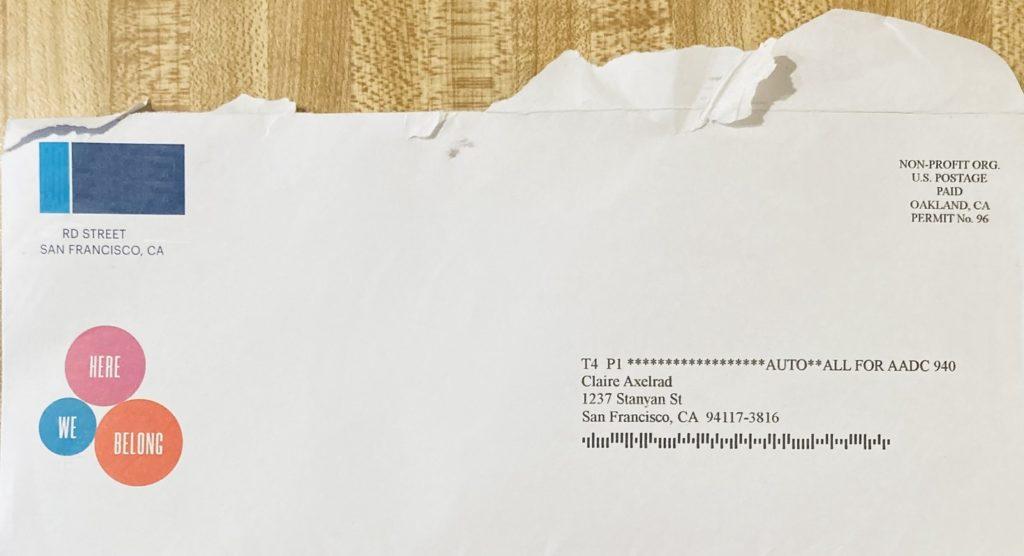Do You Have the Write Stuff? Top 5 Nonprofit Attention-Grabbers.

Take your writing into the stratosphere!
Want your writing to take off more this year?
Ann Wylie, editor, author, interviewer, teacher and more, is one of the folks I look to for writing tips. And recently she offered 8 tips I believe all nonprofits should take to heart. At least if you want to be persuasive and drive people to take the actions you desire.
You DO, right?
Okay, good.
Allow me to share my favorite of Ann’s tips, together with my own thoughts on how they pertain – in spades – to nonprofits.
Some of these I write about a lot. They’re that important and, IMHO, rather obvious.
- Stop writing about “us and our stuff.”
- Hit return more often.
- Don’t stop at the subject line.
Still, it pays to keep these tips top of mind. Because sometimes the obvious stuff can be the easiest to miss, unless we focus our attention (a bit like remembering to smell the coffee, thereby more fully enjoying the experience).
Other tips I’ve thought about less, though I realize I do employ them a lot.
- Make it a metaphor.
- Steal a tip from the New York Times.
I share them with you to bring them into your conscious writing toolbox.




 Studies show
Studies show 

 Today I’m going to tell you how to create a fundraising appeal that’s all about your donor’s happiness.
Today I’m going to tell you how to create a fundraising appeal that’s all about your donor’s happiness. Have you started working on your annual appeal and year-end fundraising plan?
Have you started working on your annual appeal and year-end fundraising plan?
 This year Giving Tuesday is November 29th. So, soon.
This year Giving Tuesday is November 29th. So, soon.

 Fundamentals are important! Before writing your appeal, it’s good to remind yourself of the basics to make sure you’ve got all bases covered. Look at the elements you want to include; make sure you’re applying them. In this two-part series, I’m calling out eight appeal writing fundamentals. In
Fundamentals are important! Before writing your appeal, it’s good to remind yourself of the basics to make sure you’ve got all bases covered. Look at the elements you want to include; make sure you’re applying them. In this two-part series, I’m calling out eight appeal writing fundamentals. In